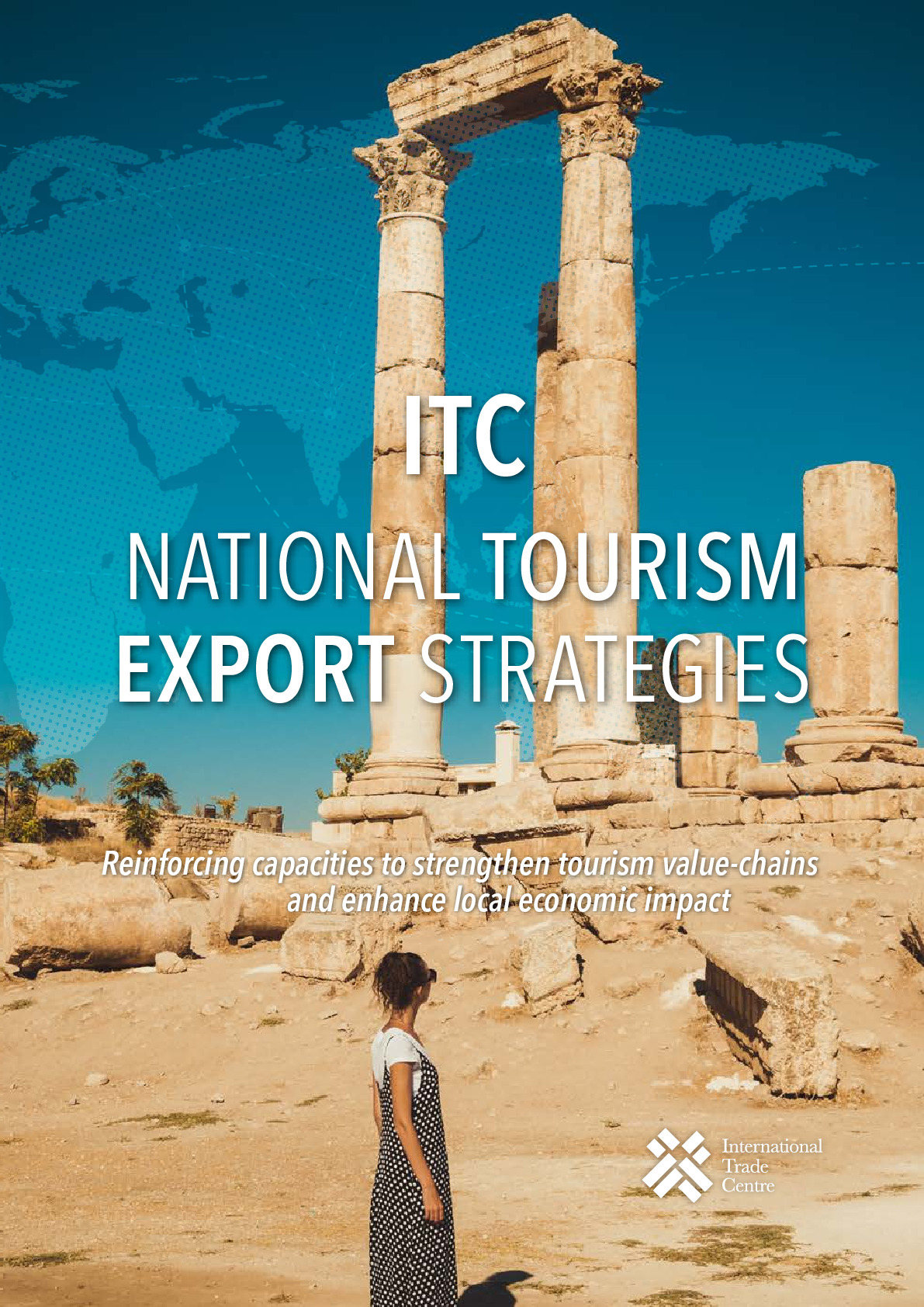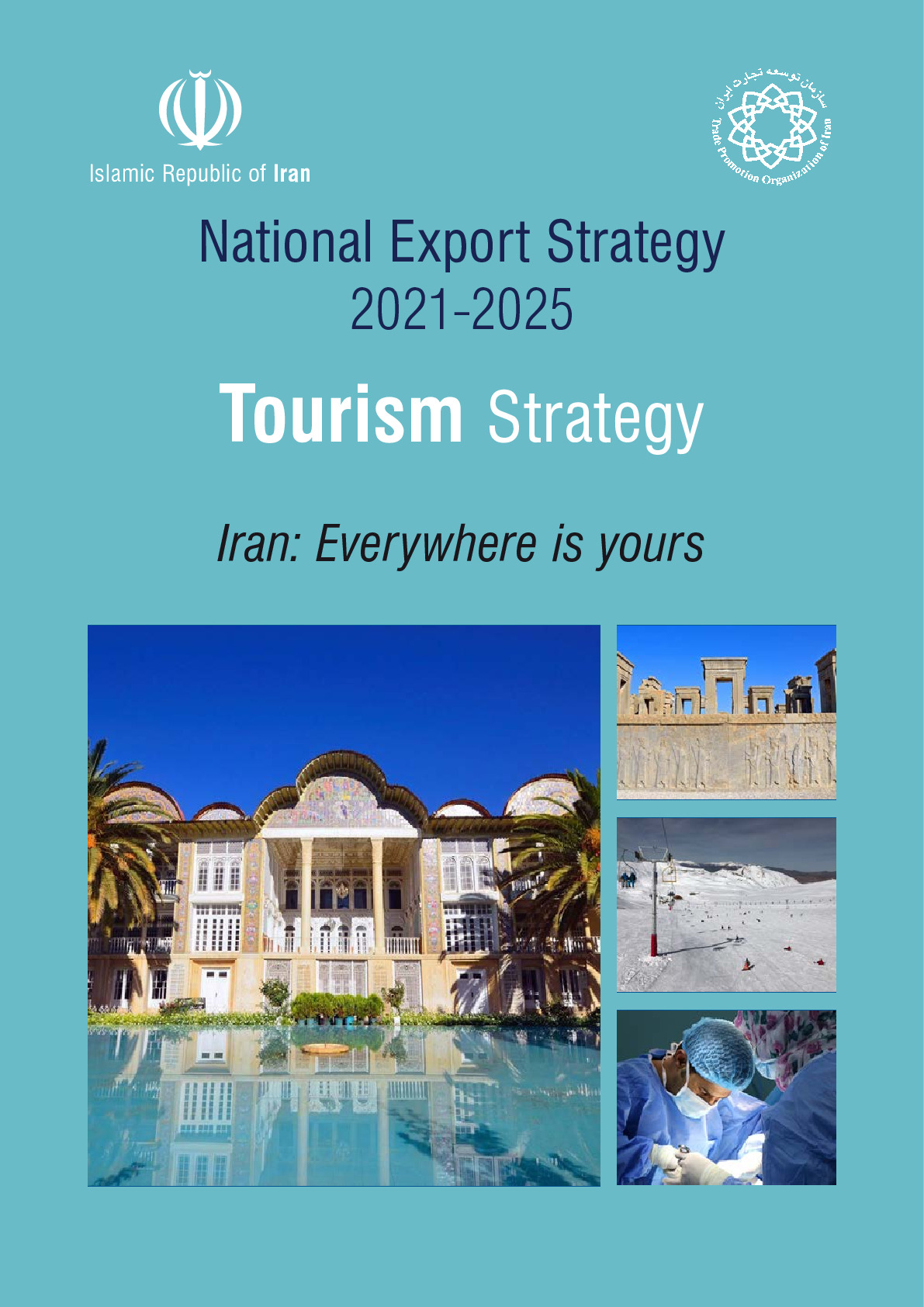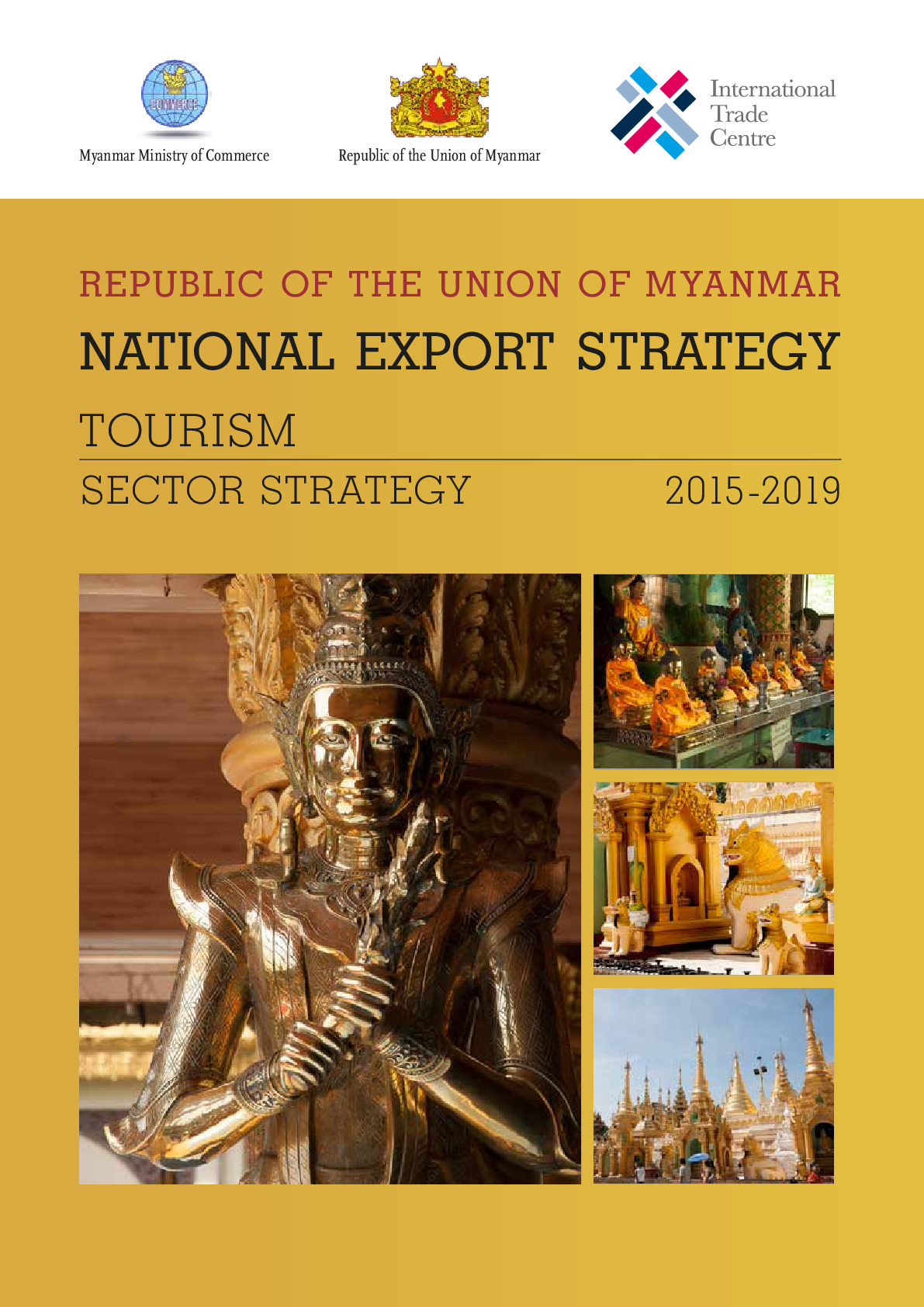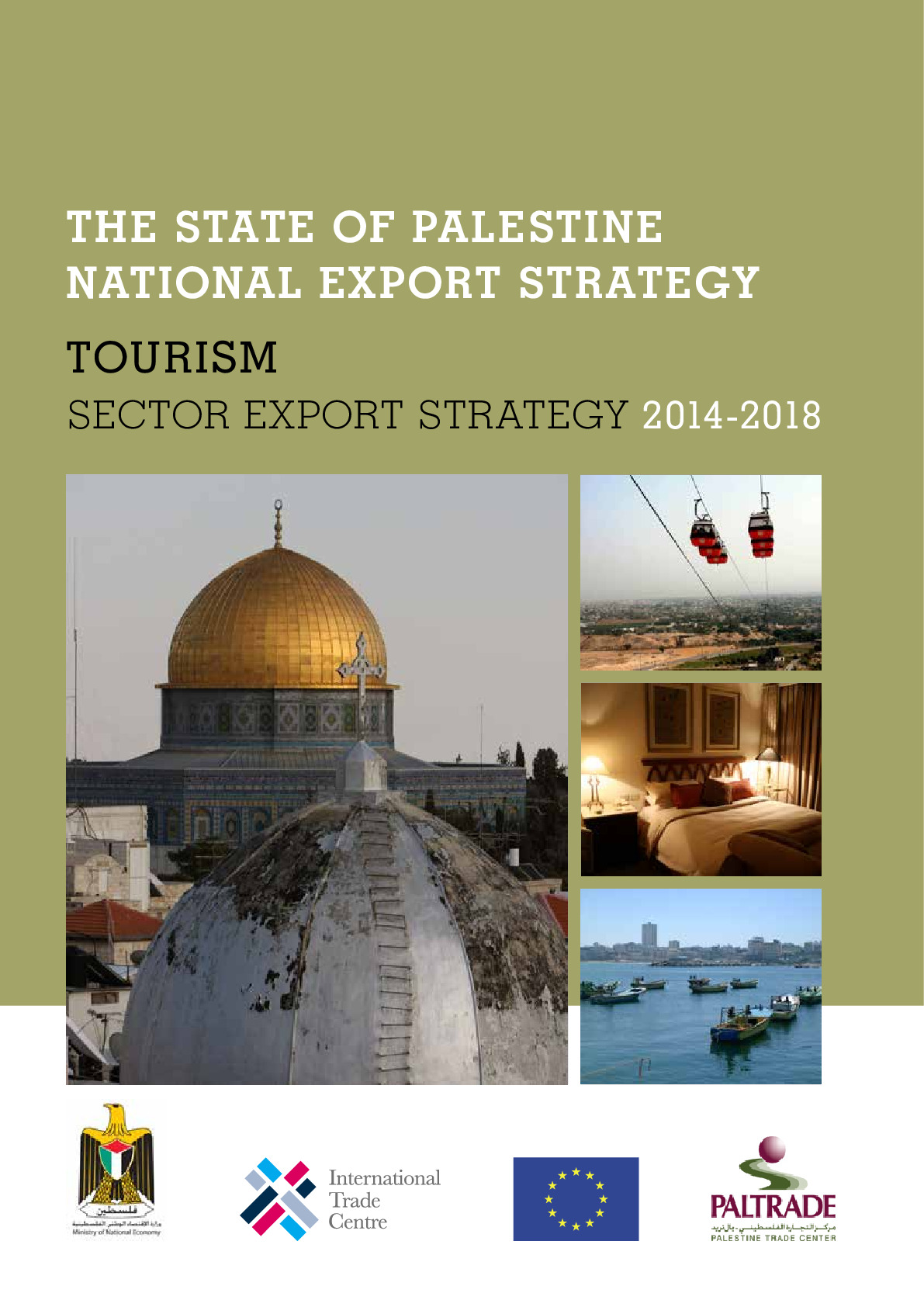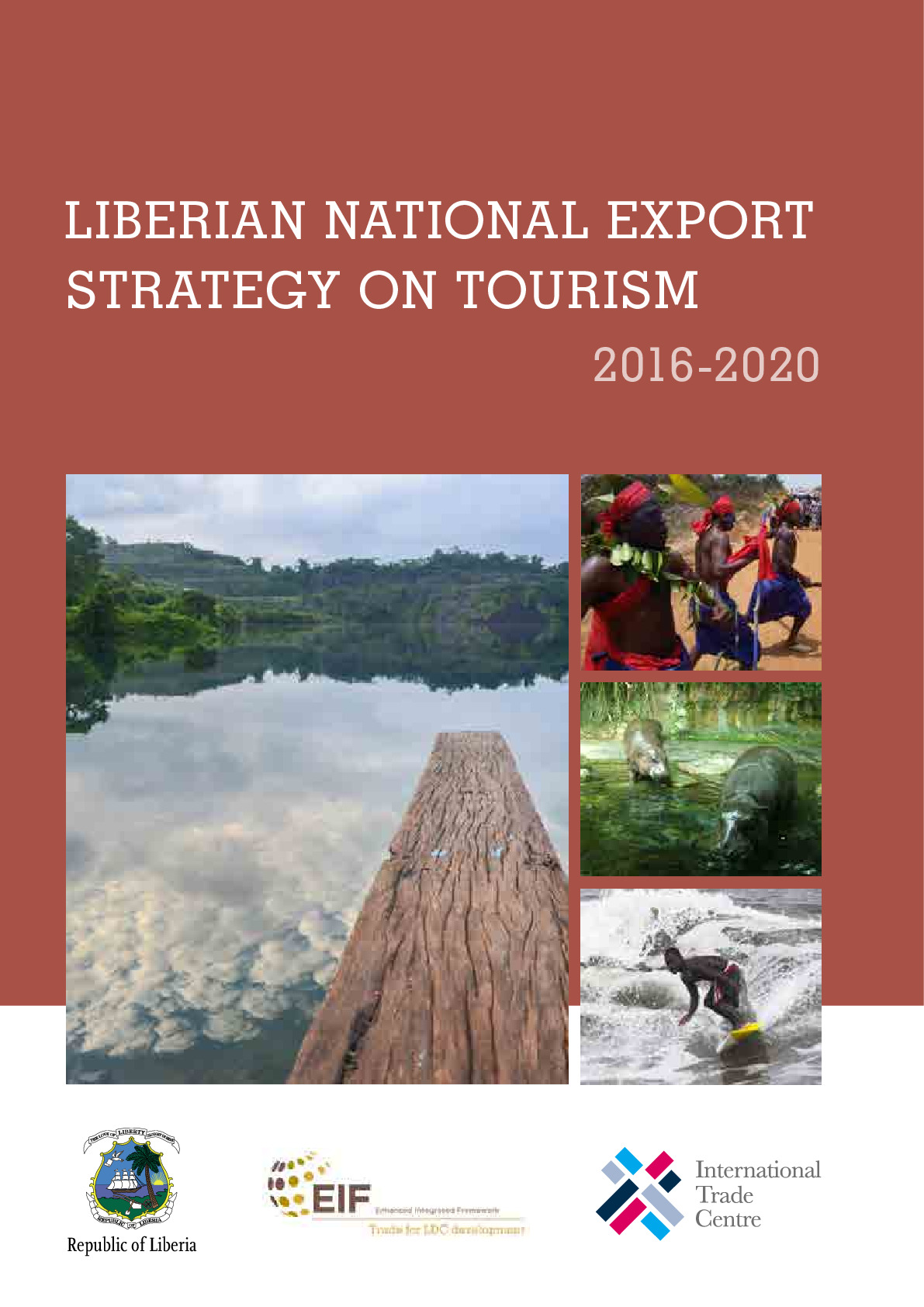



National Tourism Export Strategy
Tourism drives socio-economic growth and increases foreign exchange earnings. Yet few countries tackle tourism as an export sector.
Tourism is an export sector, because it brings in foreign exchange, grows national output, and takes place in the international marketplace. Tourism can generate employment, increase government revenue, and raise standards of living.
A National Tourism Export Strategy creates a blueprint to develop a competitive tourism as an export sector.
Competitiveness in tourism happens by designAn effective strategy enables policymakers, support institutions, and enterprises to make key decisions for long-term growth that benefits the economy and society. |
|
Government and business working togetherOur strategies facilitate collaborative decision-making among ministries, businesses, and civil society. The strategy considers: What makes a destination attractive? How can the economy support tourism? What support do operators need? |
|
Linking tourism and sustainable developmentEconomic, social, and environmental sustainability allows tourism to thrive. Sustainable management prevents undesirable development, social disruption, loss of cultural heritage, and environmental damage. |
Tourism has huge growth potential. Success depends on many things. Some, like service, are traditionally understood as part of the tourism sector. Others, like public transport, are not. Tourism Export Strategies consider:
- How is the sector performing, and what's its potential
- What ʻproductʻ is being sold to tourists
- Understanding the market and options for diversification
- What are the market's strengths and weaknesses vis-à-vis competitors
- Identify an all-encompassing development vision
- Prioritize sub-sectors, key projects and client segments
- Options for value acquisition, retention, addition, creation, distribution
- Coordination of implementation management structures and systems
ITC has developed a unique approach and state-of-the-art methodology to design, manage and implement National Tourism Export Strategies through a 10-step process.

1. Understand the sector and strategic priorities |
Audit of the tourism, trade and investment network. Baseline data includes arrivals and visitor spending, along with an assessment of tourism's contribution to the economy. |
2. Understand the "product" and options for diversification |
Define the ʻofferʻ. An evaluation of tourism products and businesses assesses the business operating environment, from health and safety to cultural and environmental concerns. This shows what additional products could be offered. |
3. Understand the market and options for diversification |
Identify key market segments in new and existing markets. Geographic, socio-cultural, demographic, psychographic and product-related segmentation help direct the strategy. |
4. Assess strengths and weaknesses |
Map and analyze competitors. Identifying comparative and competitive advantages clarifies unique selling propositions. Complementarities, with neighbouring countries, can also benefit tourism. |
5. Prioritize sub-sectors and client groups |
Focus on areas best able to meet the country's commercial and development objectives. Realistic targets that achieve tangible results help decide how to allocate resources for each sub-sector. |
6. Establish strategic orientation |
Define a vision for tourism, with medium-term strategic objectives. These combine commercial, economic, and social interests by engaging policymakers, trade and investment support institutions, the private sector, and civil society. |
7. Identify options for value acquisition |
Reinforce existing strengths and develop new ones. A thorough value-chain approach identifies how to make tourism higher quality, more profitable, and socially inclusive. Chart the future value chain for each priority area. |
8. Prioritize support services |
Identify key support services for tourism, with a detailed strategy and plan of action for each. |
9. Design an action plan |
Agree on targets, measures, responsibilities and timelines. Each priority area gets a plans of action, with an implementation management framework that highlights the needed structures and systems. |
10. Establish implementation management systems |
Put the strategy into action with ITC technical assistance that includes advisory support, capacity-building, specialized tools, coordination guidance, project development, and facilitation of resource mobilization. |







